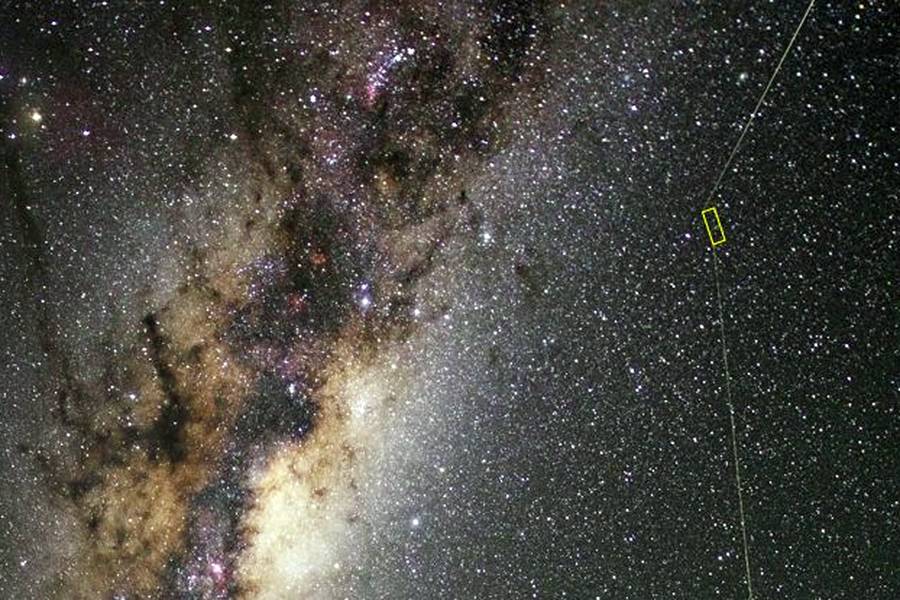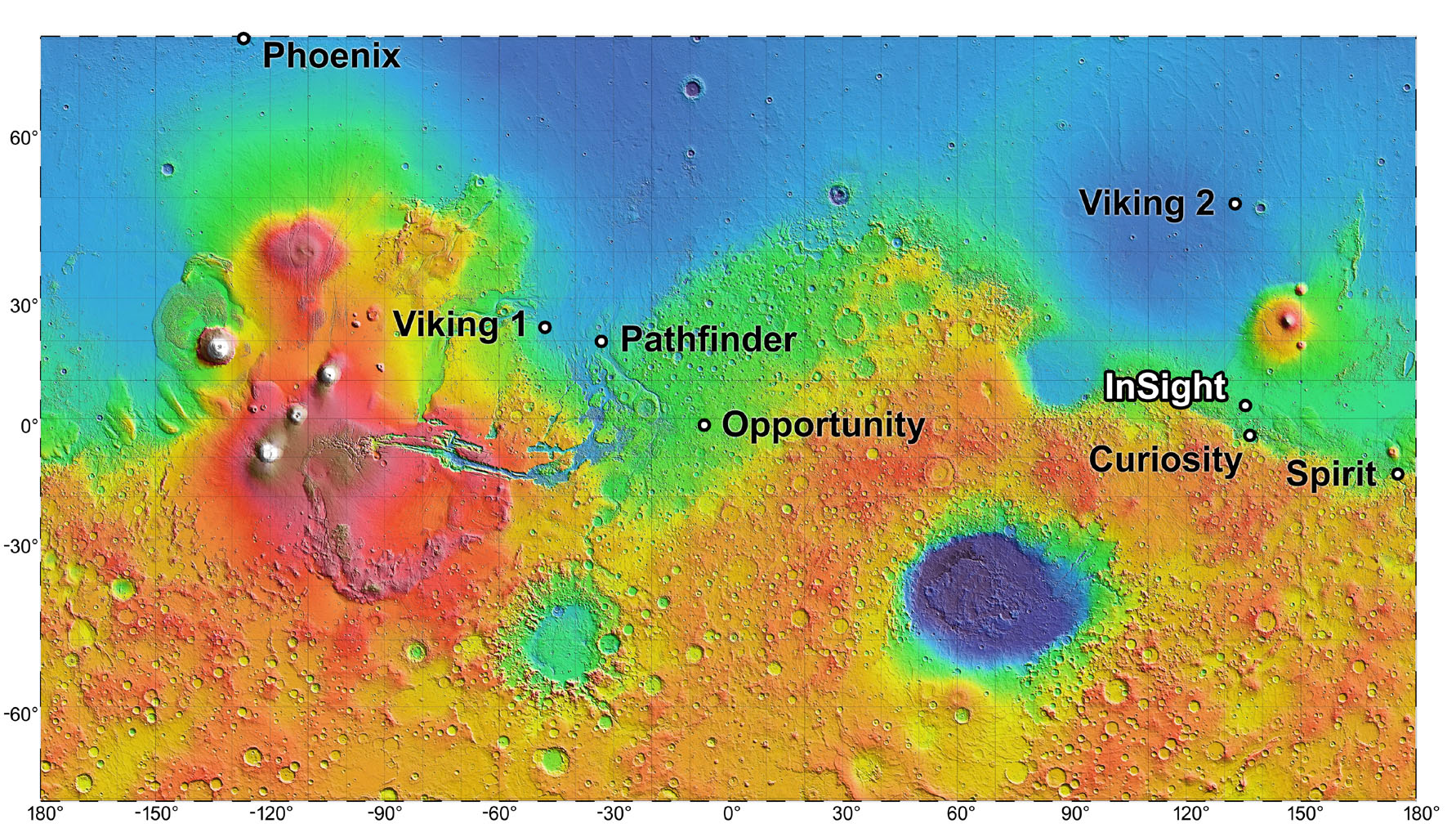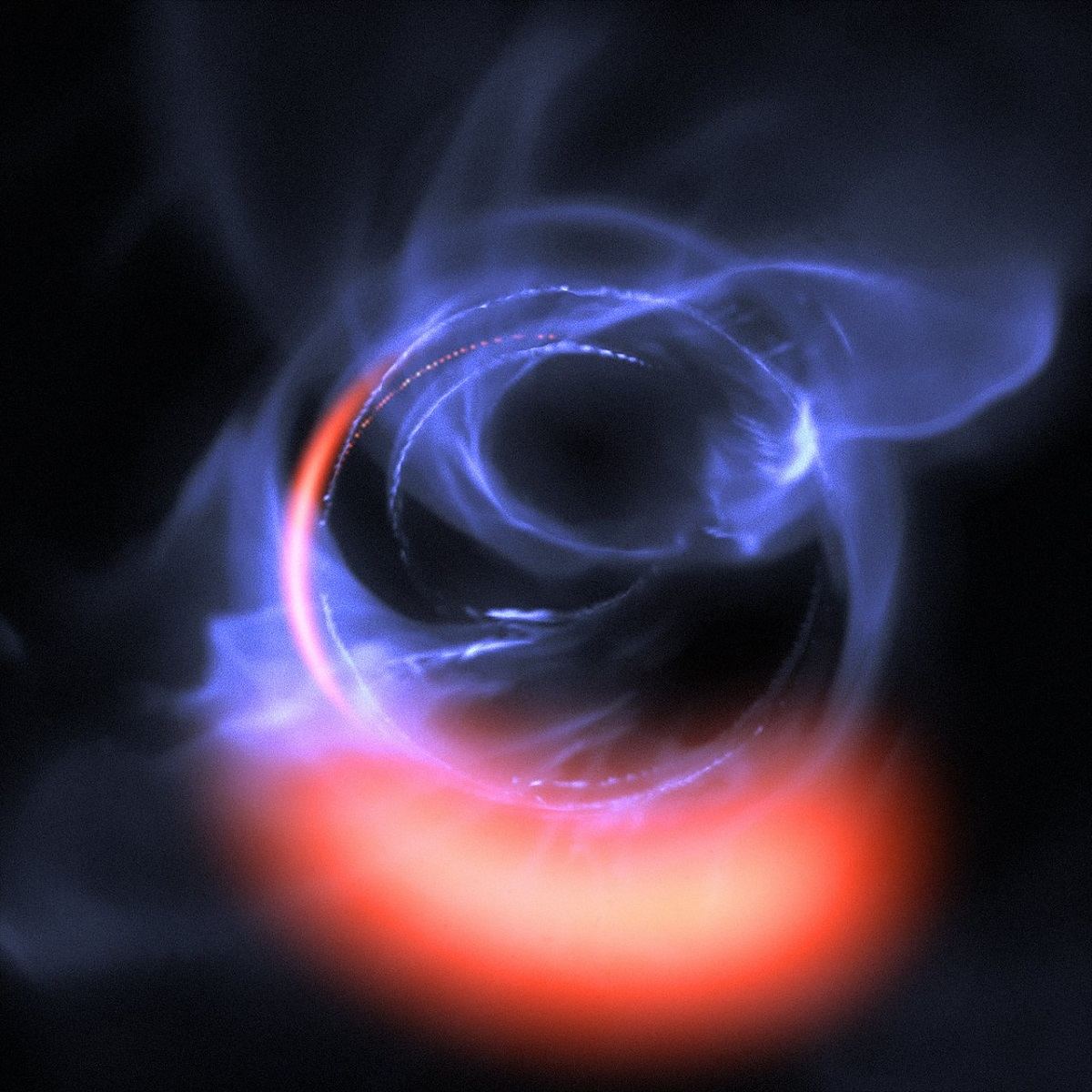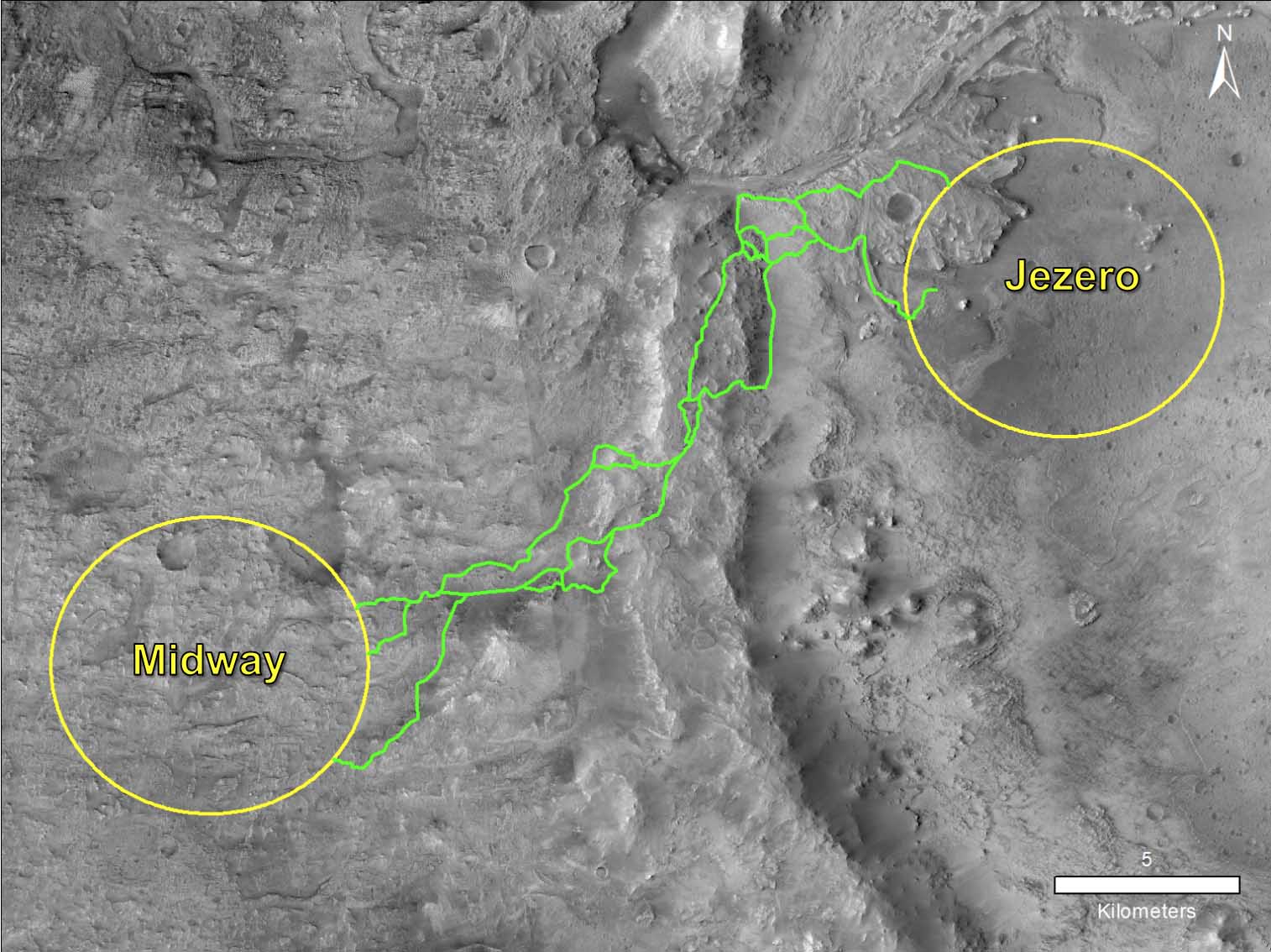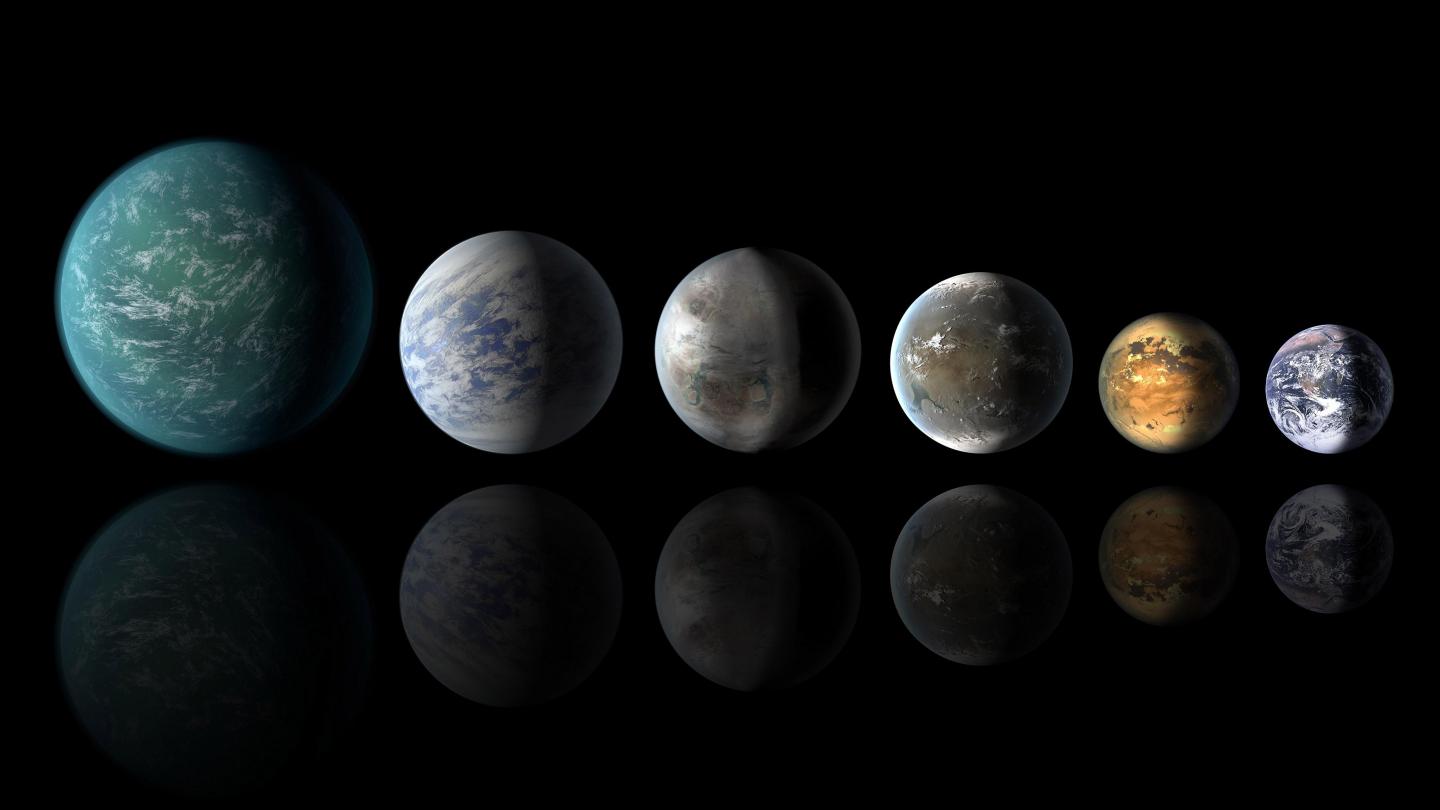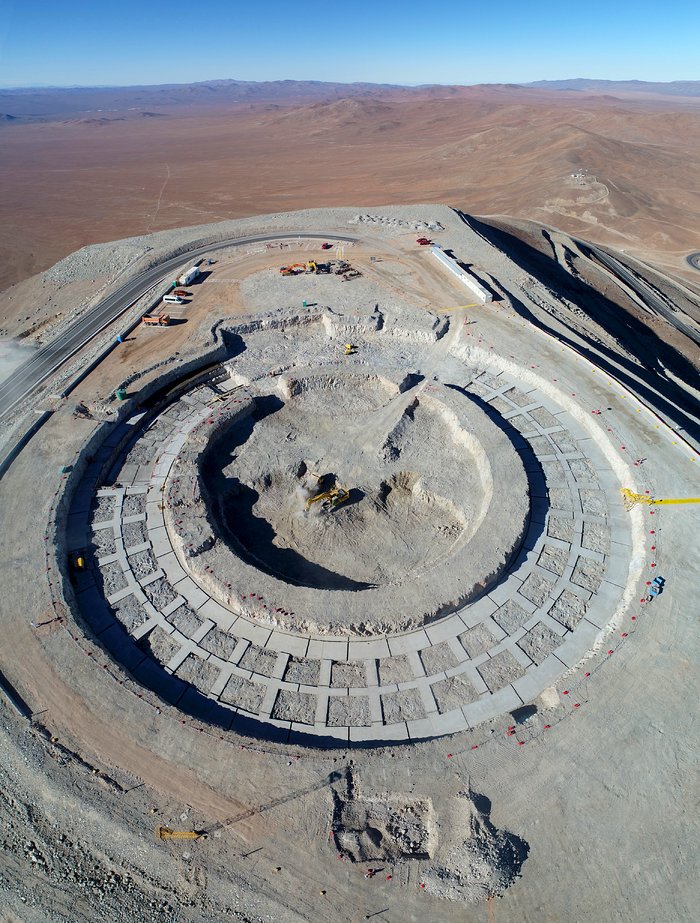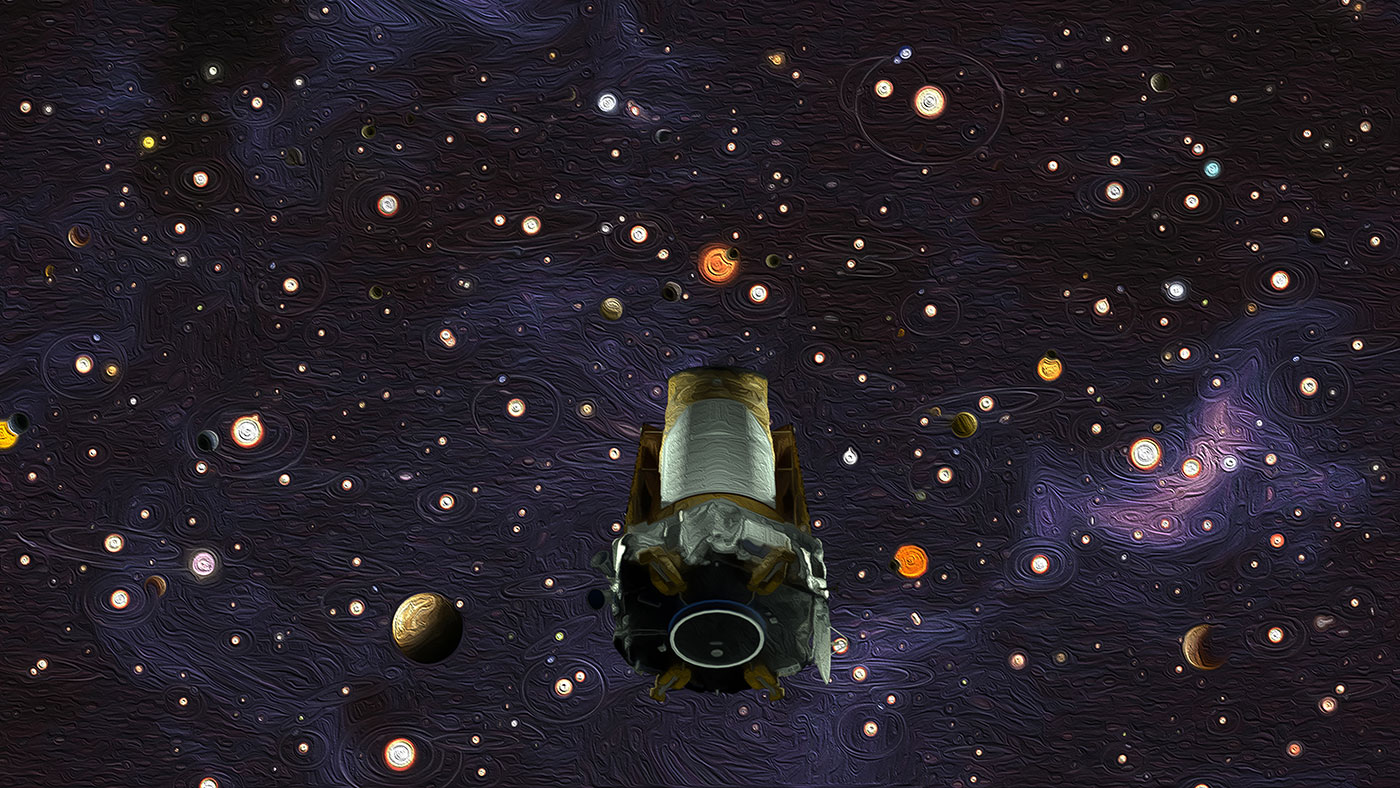Neutron stars are one of the most fascinating astronomical objects in the known Universe. In addition to being the densest type of star (with the possible exception of quark stars), they have also been known to form binary pairs with massive stars. To date, only 39 such systems have been discovered, and even fewer have been detected that were composed of a massive star and a very high energy (VHE) gamma-ray neutron star.
To date, only two of these systems have been found, the second of which was discovered just a few years ago by a team of international astronomers known as the Very Energetic Radiation Imaging Telescope Array System (VERITAS) collaboration. In addition to being a rare find, the discovery was also very fortunate, since the unusual behavior they observed coming from this system will not be happening again until 2067.
Continue reading “An Extremely Rare Gamma Ray Emitting Neutron Star Binary Has Been Found”




